“You mustn’t wear jeans, and you must wear a tie.”
This was grim news. I had just agreed to lunch at a private members’ club of the gerontocratic variety, completely forgetting that such invitations arrive with strings of tradition attached.
If you have an image of me at all, perhaps it’s of a gent who glides through society draped in Jermyn Street’s finest. A painstakingly tailored and barbered chap, occasionally blinking through a monocle as I spout off about politics to pinstriped Tory ministers.
Allow me to draw back the curtain. Other than for funerals, your correspondent hasn’t worn a tie, or even a suit, for more than a decade. I exist in denim, T-shirts and Converse. A hoodie if it’s cold out. I am almost always unshaven, my hair curling over my ears and sometimes my shoulders. If I dare sit on a public bench, it’s not uncommon for sympathetic strangers to toss coins at my feet.
It wasn’t always like this. At the pinnacle of my young-buck careerism, I did indeed shop in London’s tonier streets. I would put myself into debt for the right suit from the right retailer, or for a piece of neckwear that caught the eye. My shoes were from Church’s or Cheaney, and my cufflinks glinted in the capital’s soft sun. This, I had been advised, was how you made it to the top. Dress for success, and all that.
My problem (apologies if this spoils your breakfast) was always my thighs – meaty hams that would rub through expensive woollen trousers in a few short months. All too soon, my undercrackers would be showing through, which was to no one’s benefit.
Therefore, as I aged and grew more confident in my position, my dress began to deteriorate. The suits became cheaper and easier to replace. The cufflinks went. And then the ties.
Down the fashion chute I slid, becoming a working man of chinos, of cotton button-down shirts, and duffel coats. Even though we were employed by a newspaper at the stuffier end of the market, many of my colleagues were on a similar trajectory. We were all getting scruffier and more comfortable together, and there was a form of rebellious collegiality in that.
I started avoiding the private clubs in London where I was sometimes asked to meet, suggesting nearby restaurants instead. Increasingly, when I did have to put on a tie, I felt like a throttled turkey.
‘Affiliations, allegiances and personality’ all tied up
I’ve nothing against tradition, at the right time and in the right place. The necktie originates from a uniform worn by 17th century Croat soldiers during the Thirty Years’ War – Croatians still celebrate World Cravat Day annually, and I trust they thoroughly enjoy themselves. The long tie we know today emerged during the 19th century; a more practical style for gentlemen who worked in the City.
I read on an expert website that “the tie is a symbol of dignity, decorum, elegance, and respect – both given and received”. Red imparts “passion, importance, and dominance”, while blue speaks of “reliability, trustworthiness, and patriotism”. I learn that “with the simple knot of silk or cotton, the well-dressed gentleman can efficiently communicate his affiliations, allegiances, and personality.”
I ploughed through the jumpers and jeans in my wardrobe until I found my long-neglected tie hanger
This will either be charming or copiously sick-making, depending on your, um, affiliations and allegiances. Thinking about it, my own are to discordant music, Manchester United, novels written largely by penniless grubbers, and, I guess, social democracy. Duffel coats and getting stuff done above decorum and looking the part.
But, still, sometimes you must bend the knee. My lunch invitation was kindly meant, and I hadn’t been to this particular club since I was a young man on the make. On that last occasion, I had been delighted by a notice in the cloakroom announcing that the pool was being renovated and asking “elderly members to remove their swimming costumes, some of which have been in the changing room for many years”. I wanted to see if much had changed. Were the costumes still there?
Wardrobe or time capsule?
The day of lunch arrived, and I ploughed through the jumpers and jeans in my wardrobe until I found my long-neglected tie hanger. I flicked through the selection, gawping at the vast array of styles accumulated in a distant era.
There was my red wedding tie (passion, maybe, certainly not dominance), which now seemed a bit wide at the bottom. There were some patterned monstrosities which were little short of offensive. I was sure there had been a nice green one with orange spots from Ede & Ravenscroft, but, if so, it had long ago vanished or possibly disintegrated.
I glowered at this rack of wholly inappropriate options until, like the void, it felt as if the ties were staring back. Next, I peered at my suits, each coated in a thin layer of dust, their pockets stuffed with business cards and contact details that would now be years out of date. And there might be a waistline issue to consider.
I reflected on how far I had fallen – an unmannered savage, utterly unfit for polite society. Ah, well. I pulled on my chinos, a mildly crumpled button-down shirt, and reached for my funeral tie.
Chris Deerin is a leading journalist and commentator who heads independent, non-party think tank, Reform Scotland



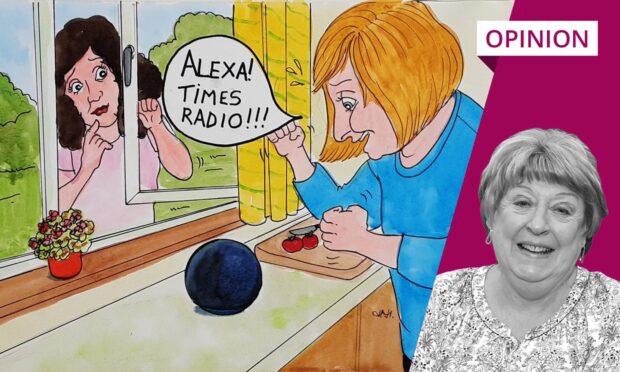
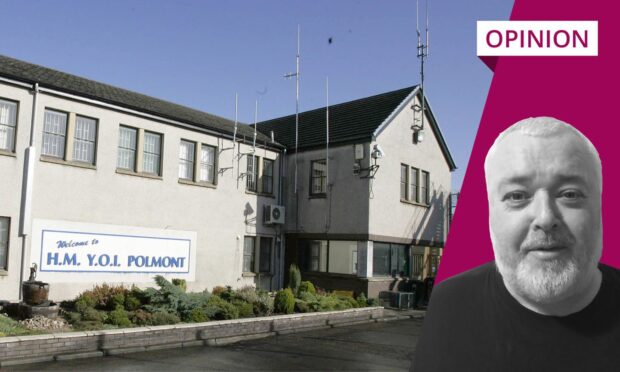

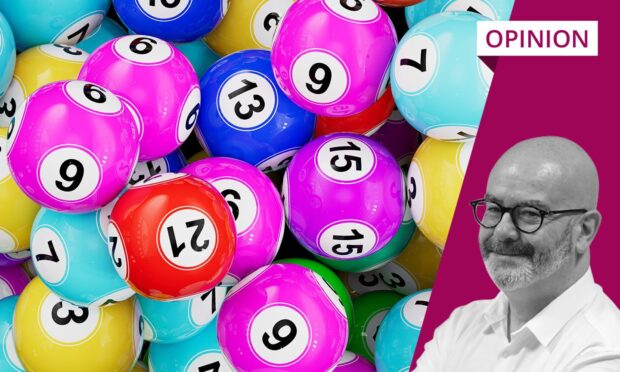
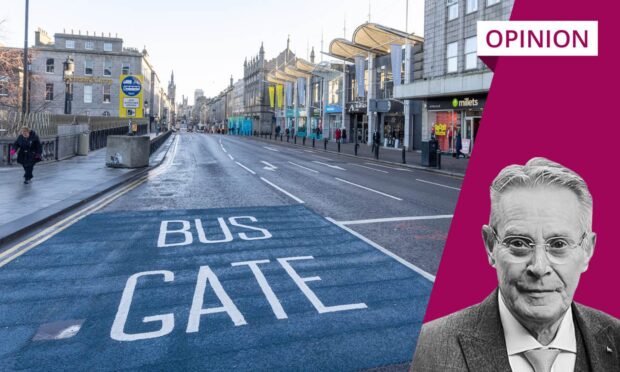
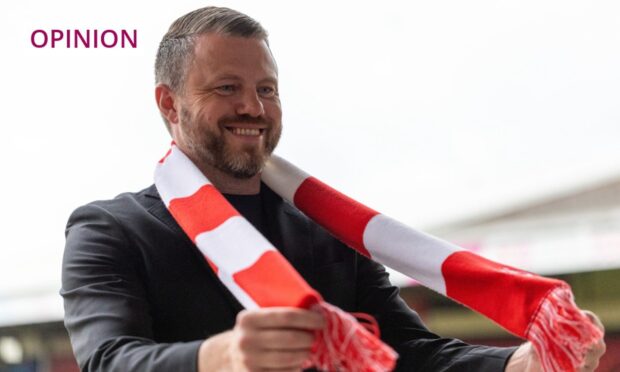
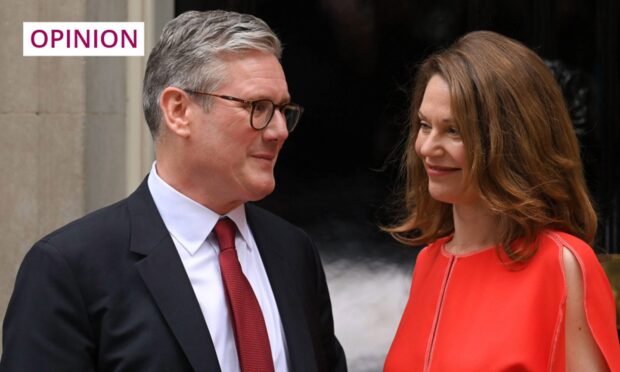
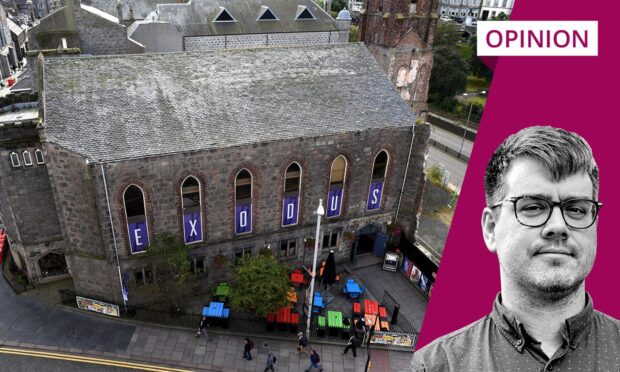

Conversation